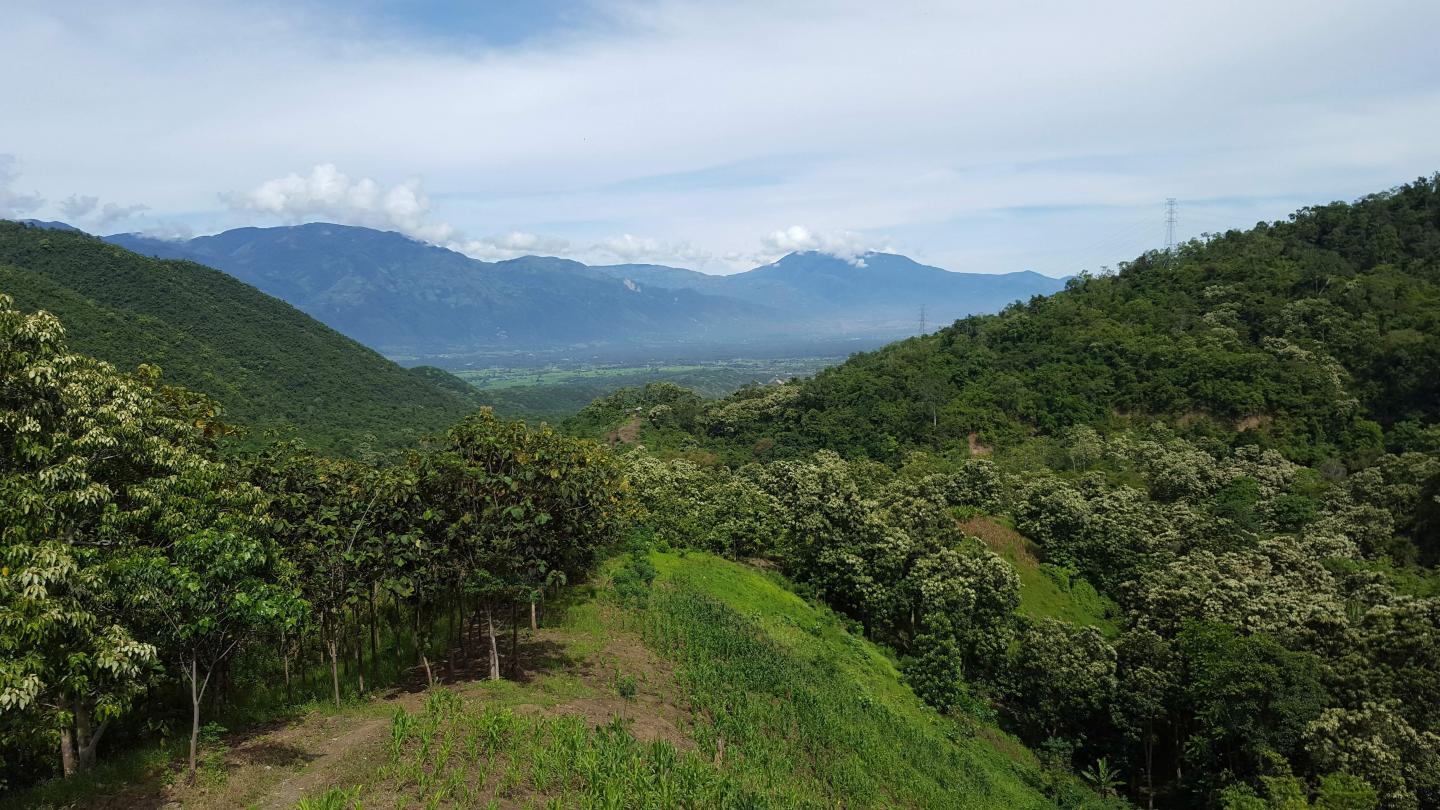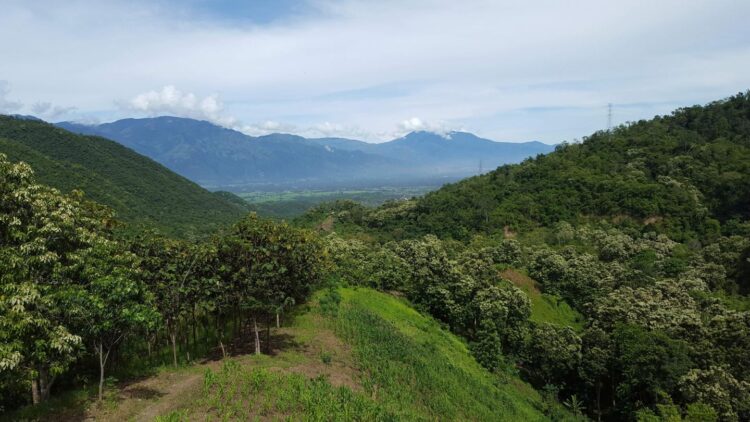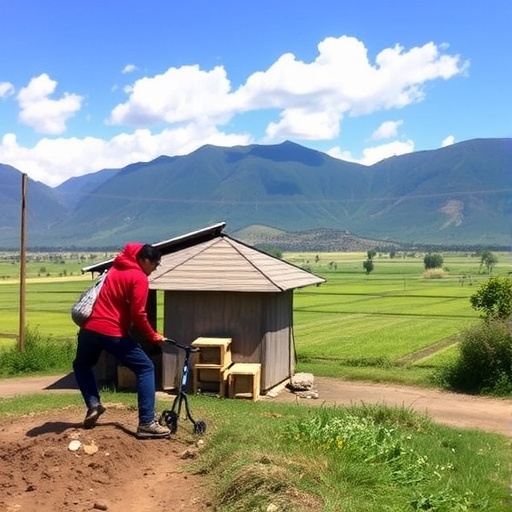International research team led by Göttingen University investigates landscape and farm-level man-agement in cocoa agroforests in Indonesia

Credit: Manuel Toledo
The importance of pollinators to ensure successful harvests and thus global food security is widely acknowledged. However, the specific pollinators for even major crops – such as cocoa – haven’t yet been identified and there remain many questions about sustainability, conservation and plantation management to enhance their populations and, thereby, pollination services. Now an international research team based in Central Sulawesi, Indonesia and led by the University of Göttingen has found that in fact ants and flies – but not ceratopogonid midges as was previously thought – appear to have a crucial role to play. In addition, they found that promoting biodiversity friendly landscapes, leaf-litter and trees providing shade in agroforestry systems were important to enhance tiny cocoa pollinators. The research was published in Biological Conservation.
The team, in collaboration with Tadulako University in Palu, carried out two separate experiments involving 42 cocoa agroforestry farms in the Napu Valley of Central Sulawesi. The work included applying a sticky glue to over 15,000 flowers in more than 500 trees for an eight-month period and recording the identity and abundance of captured flower visitors. In one experiment involving 18 farms, they investigated the effect of the distance between the forest and the farm, and the amount of canopy cover from shade trees, on the abundance of the main pollinators. In the second experiment in 24 different cocoa farms, they measured the effect of leaf-litter management on pollinators. In both experiments they quantified the amount of forest and agroforests surrounding the 42 cocoa farms.
The researchers found that ants were the most common flower-visitors. This highlighted their potential as pollinators whether directly (by transporting pollen), or indirectly (by disturbing pollinators and promoting their movement). The study also shows that preserving biodiversity friendly landscapes, such as forests and agroforests, and promoting agroforestry systems is crucial for pollinator conservation. This in turn pro-motes pollination and sustainable cocoa production. “We were surprised that we did not capture any cerato-pogonid midges, even though these tiny midges were considered the most important pollinators of cocoa. This emphasizes that cocoa pollinators are more diverse than previously known but also that there is still much to learn,” said Dr Manuel Toledo-Hernández, from the University of Göttingen and first author of the study. “Current global cocoa initiatives should consider the role of biodiversity friendly habitats for the con-servation of pollinators, because their pollination services are an ecological alternative towards current commitments on combining high yields with conservation,” added Toledo-Hernández and his coauthors Teja Tscharntke and Thomas C. Wanger.
###
Original publication: M Toledo-Hernández et al, Landscape and farm-level management for conservation of potential pollinators in Indonesian cocoa agroforests, Biological Conservation (2021). DoI: 10.1016/j.biocon.2021.109106, article also available here until 27 May 2021
Contact:
Dr Manuel Toledo-Hernández
University of Göttingen
Faculty of Agricultural Sciences, Department of Crop Sciences,
Grisebachstraße 6, 37077 Göttingen, Germany
Tel: +49 (0) 1774472022
Email: [email protected], [email protected]
http://www.
Media Contact
Melissa Sollich
[email protected]
Original Source
https:/
Related Journal Article
http://dx.





